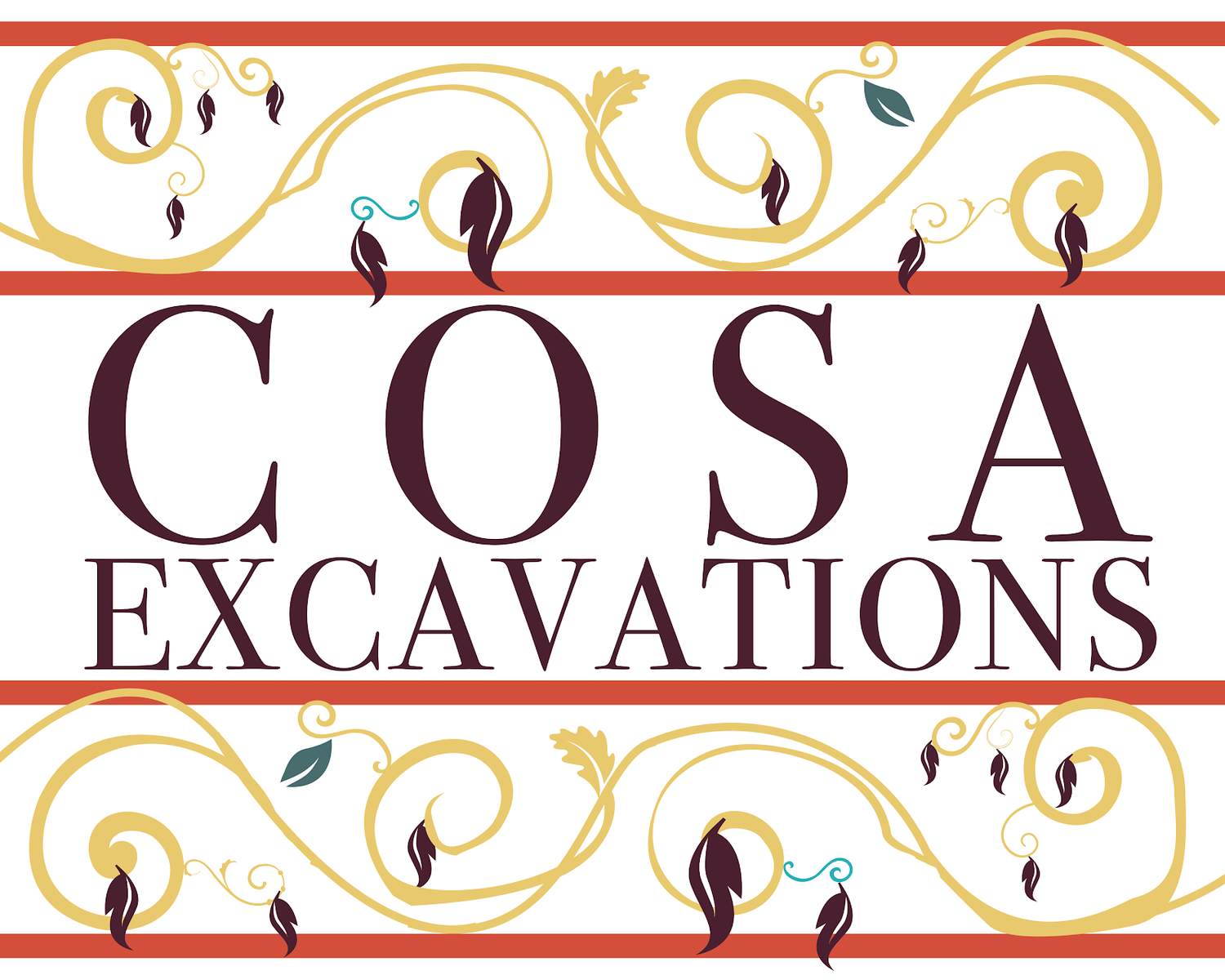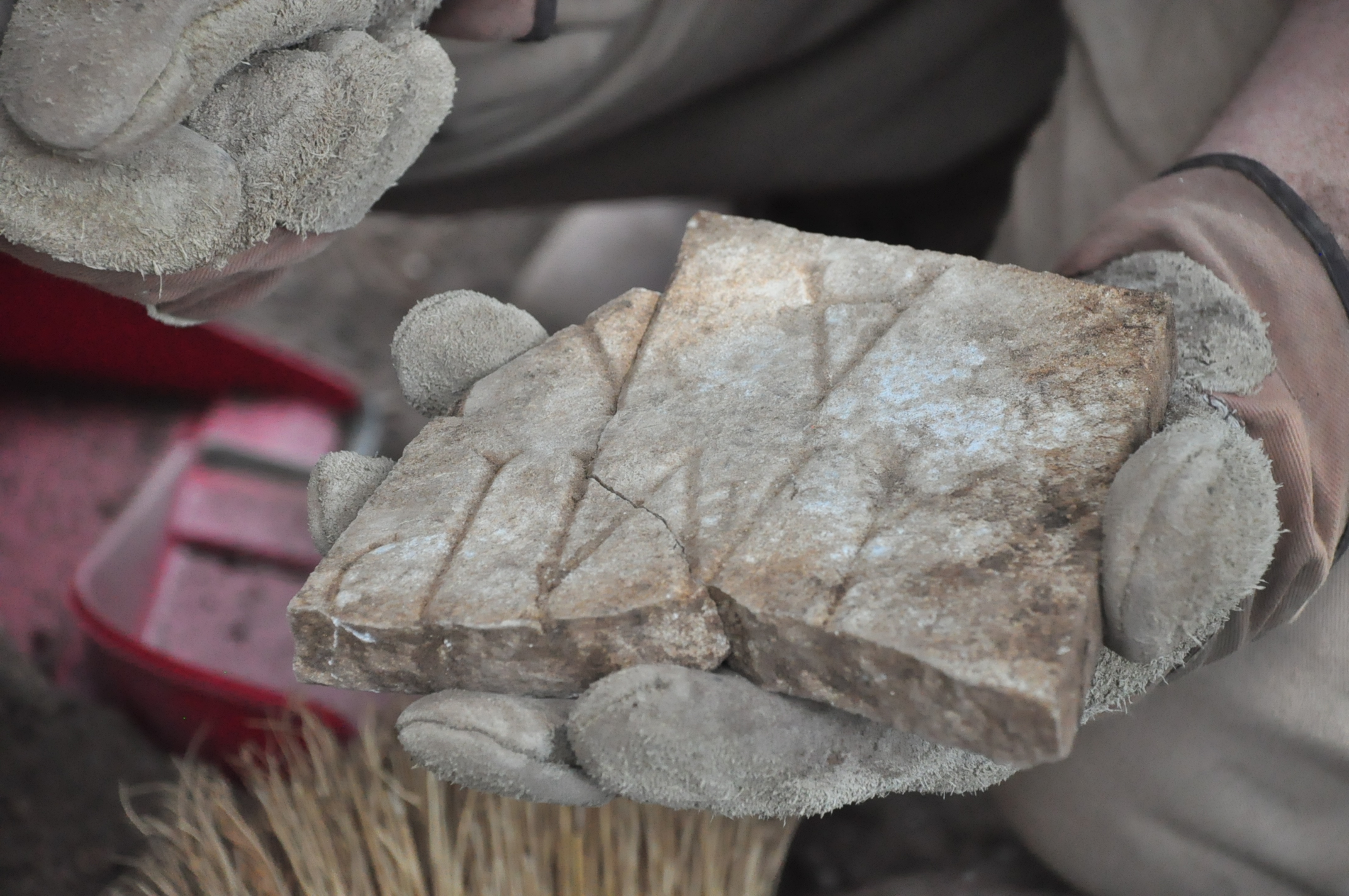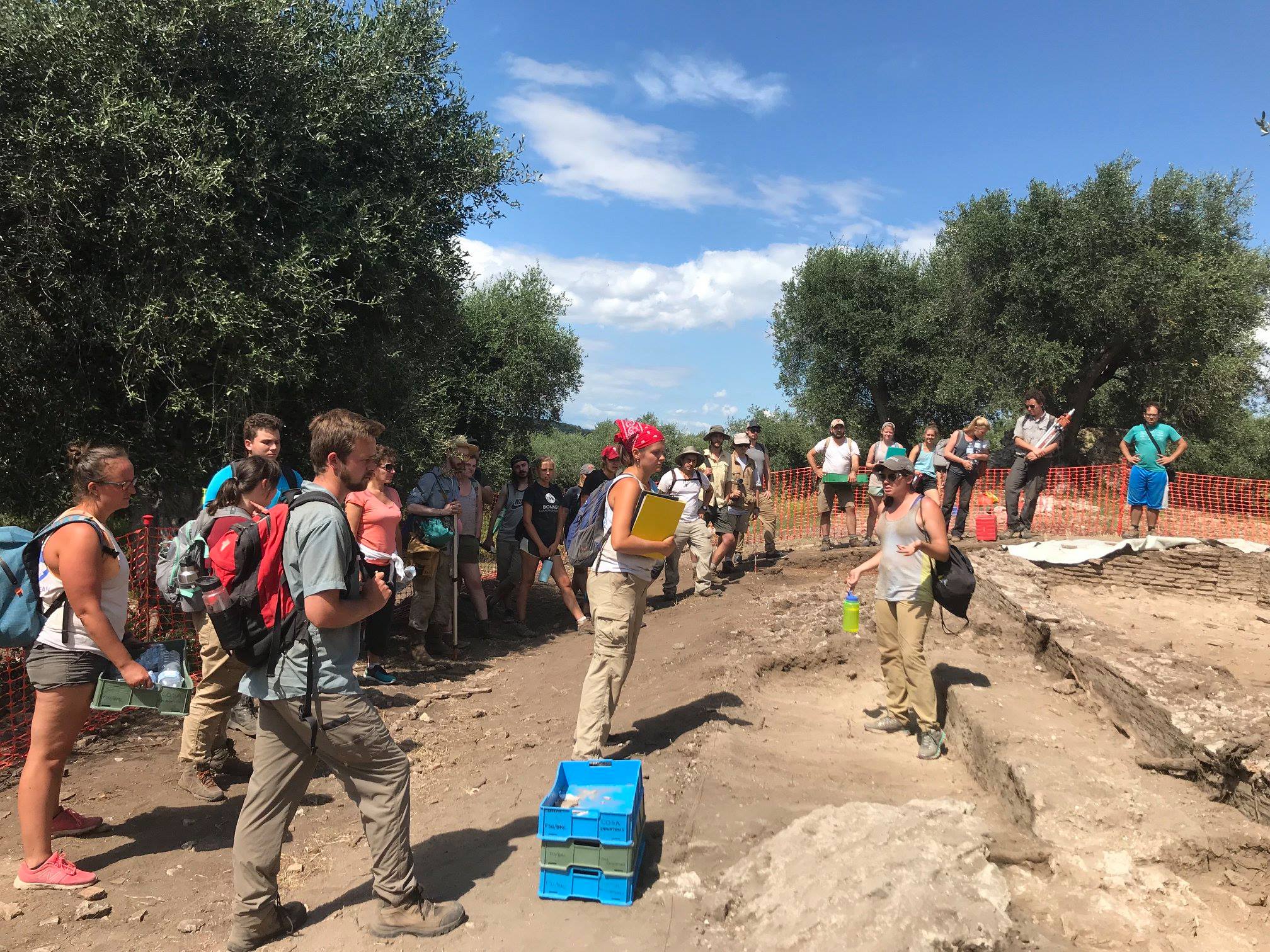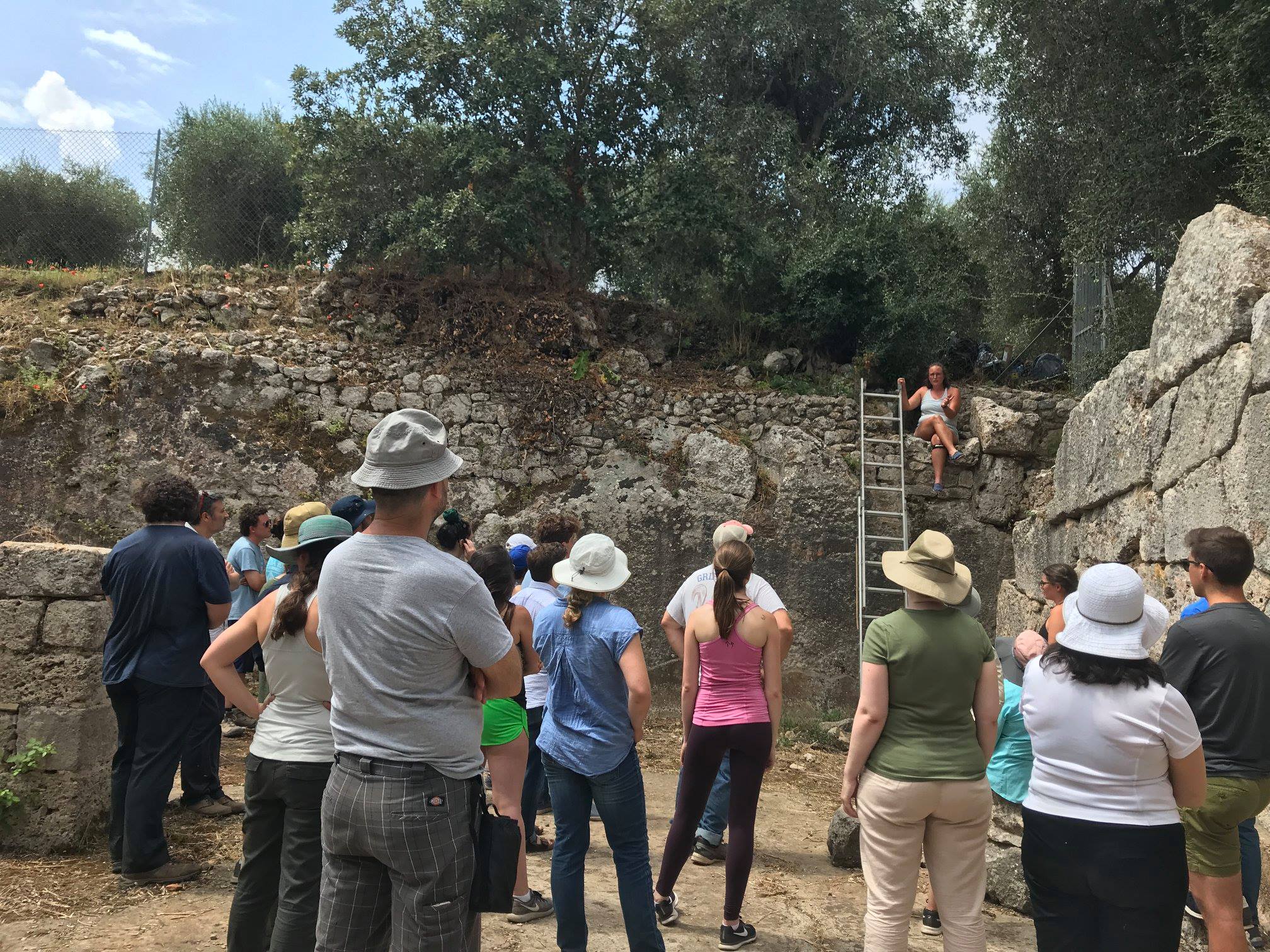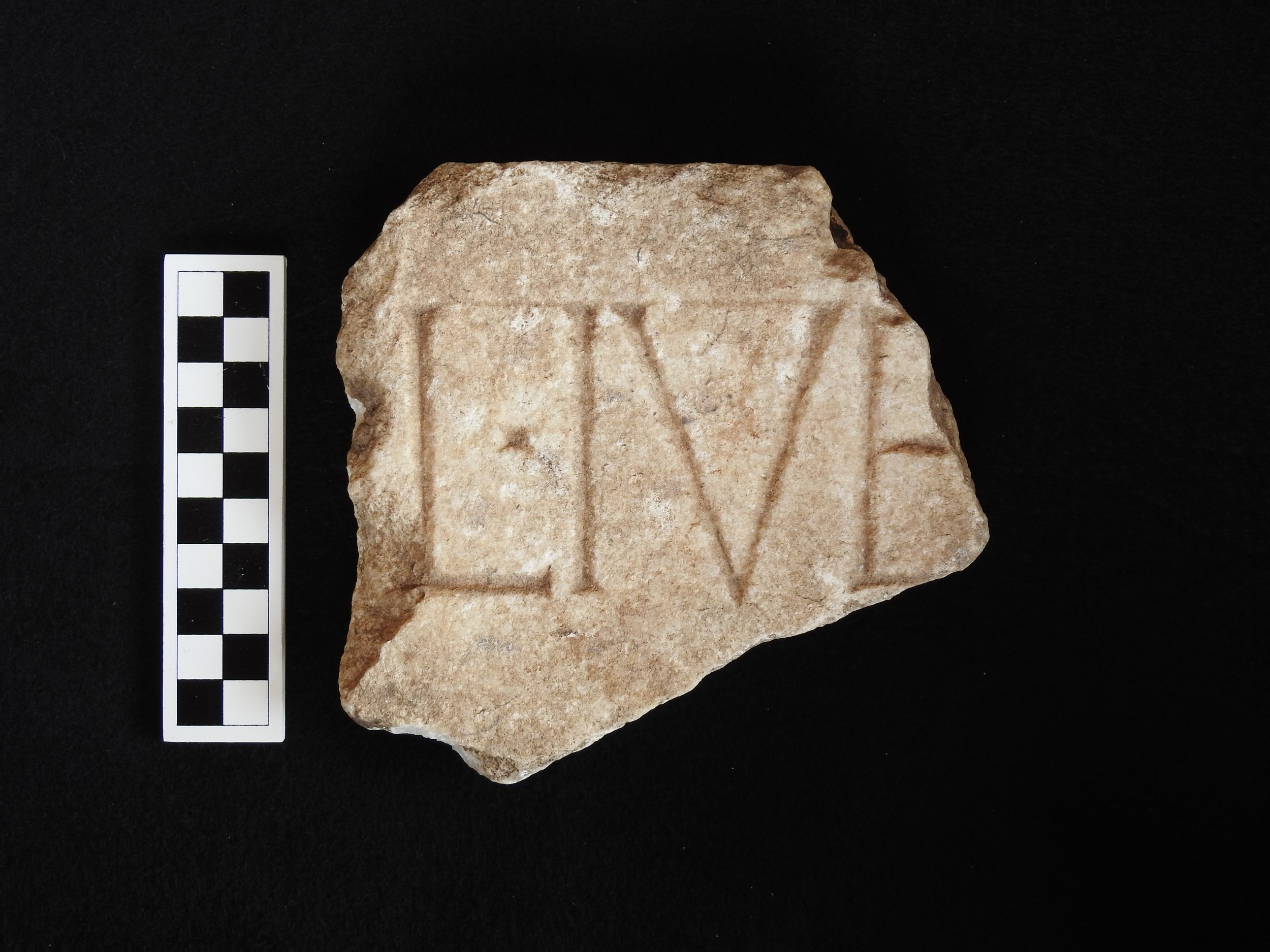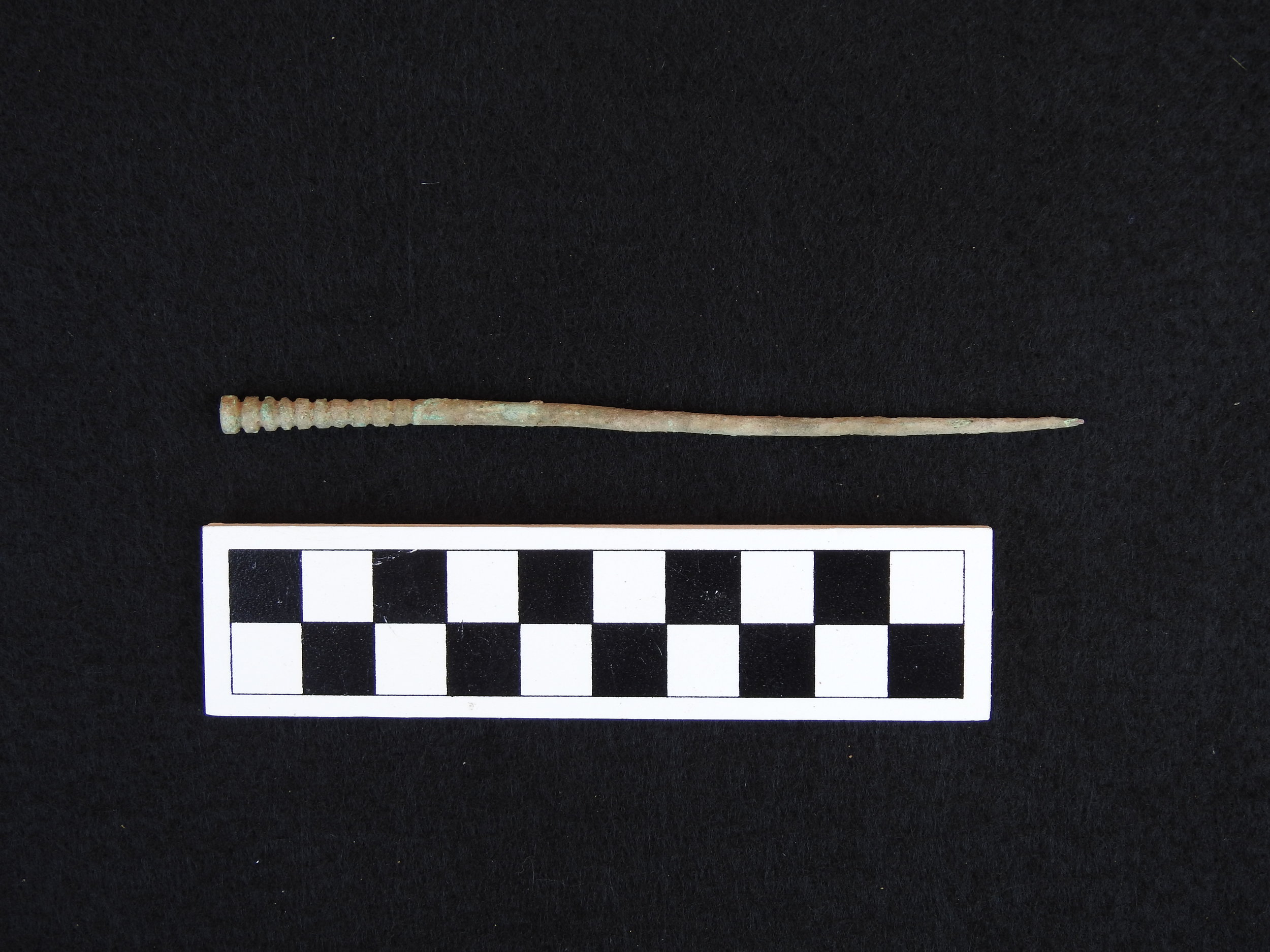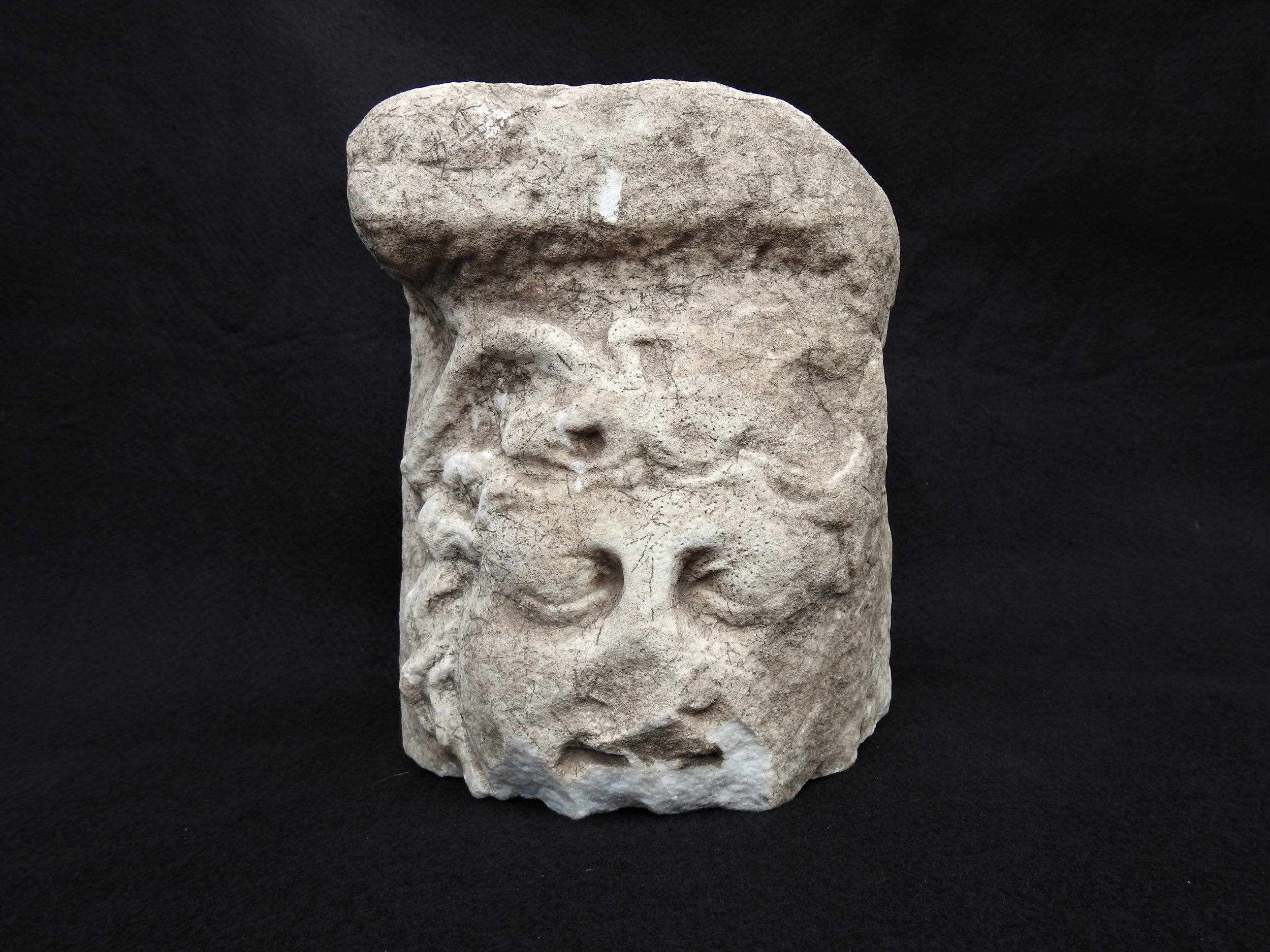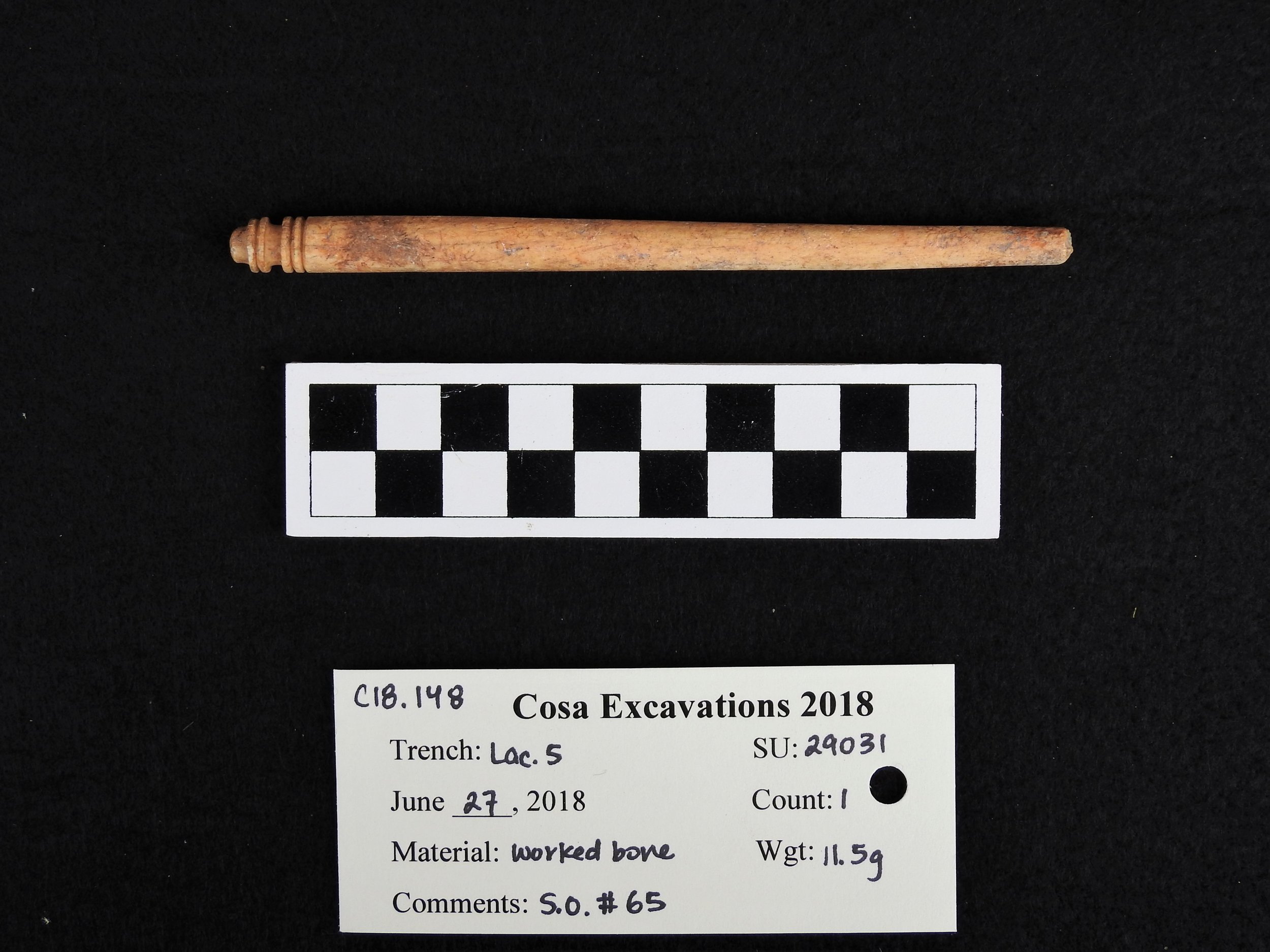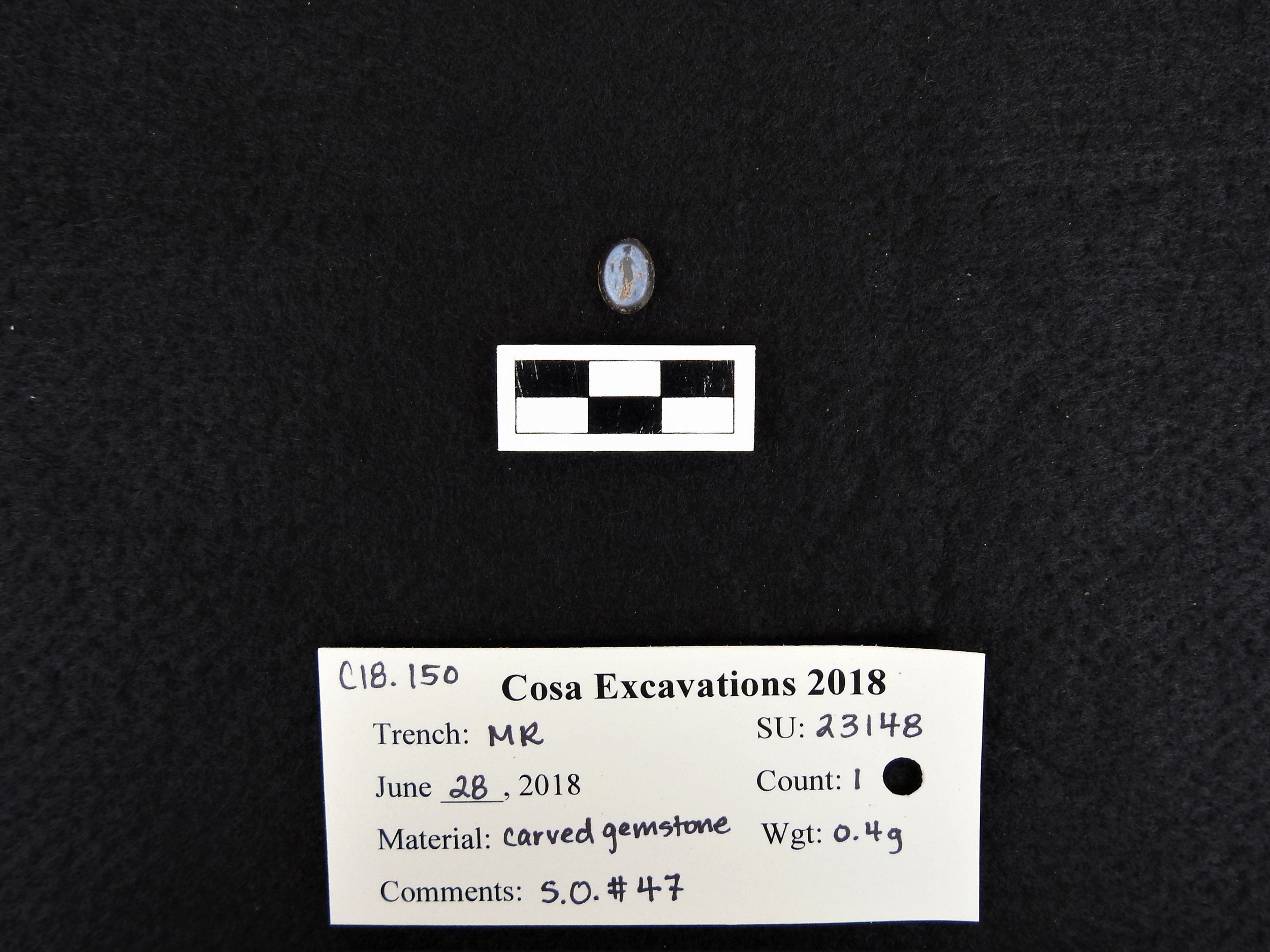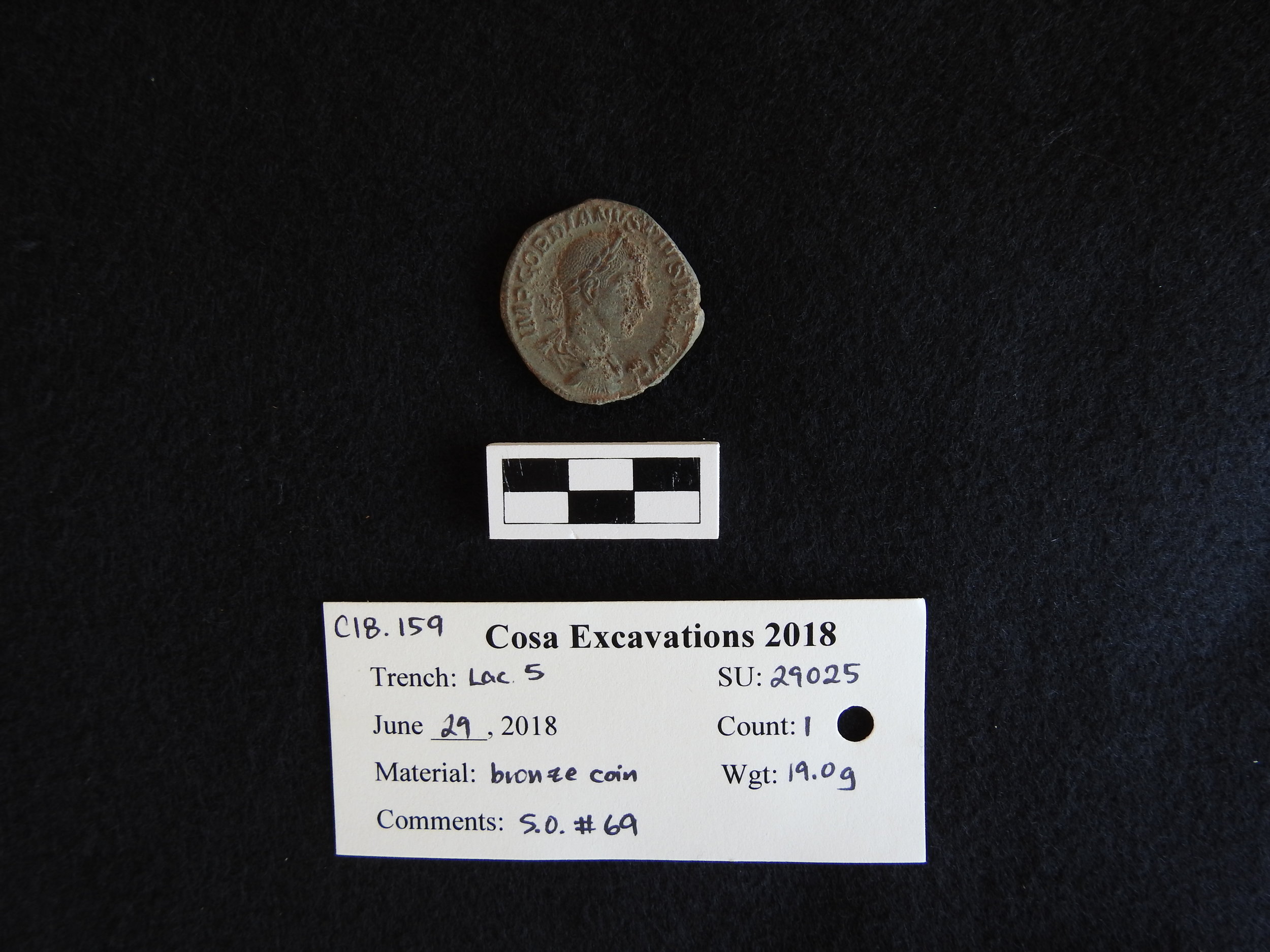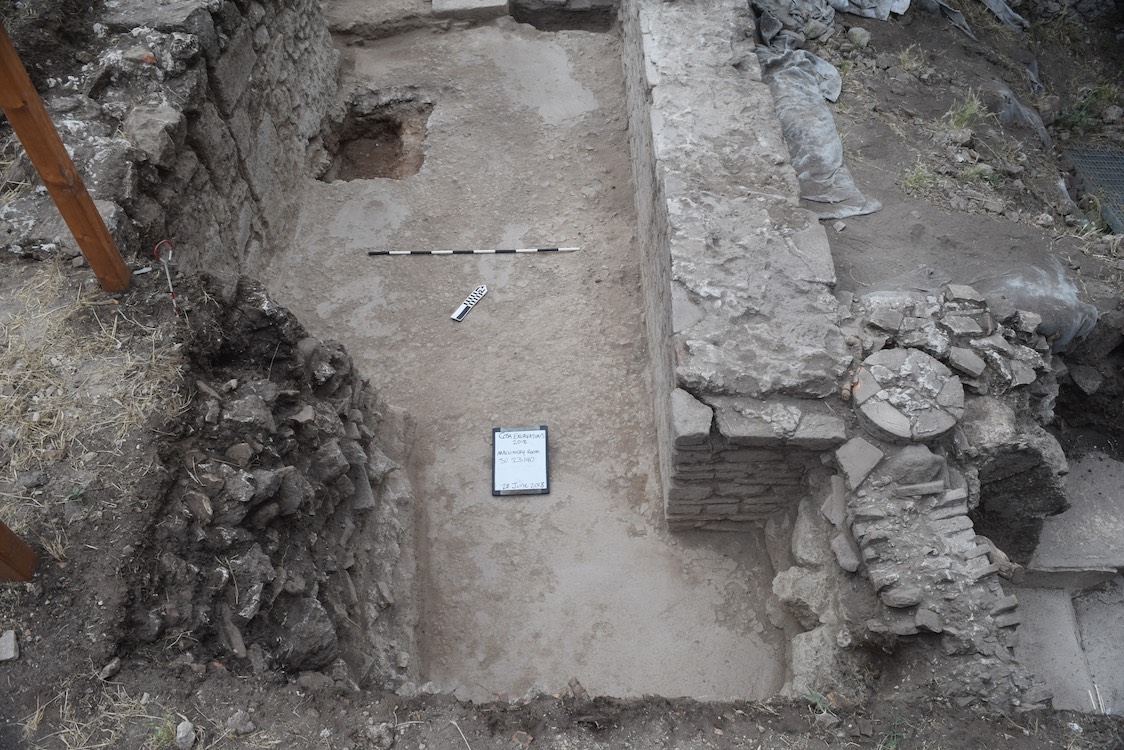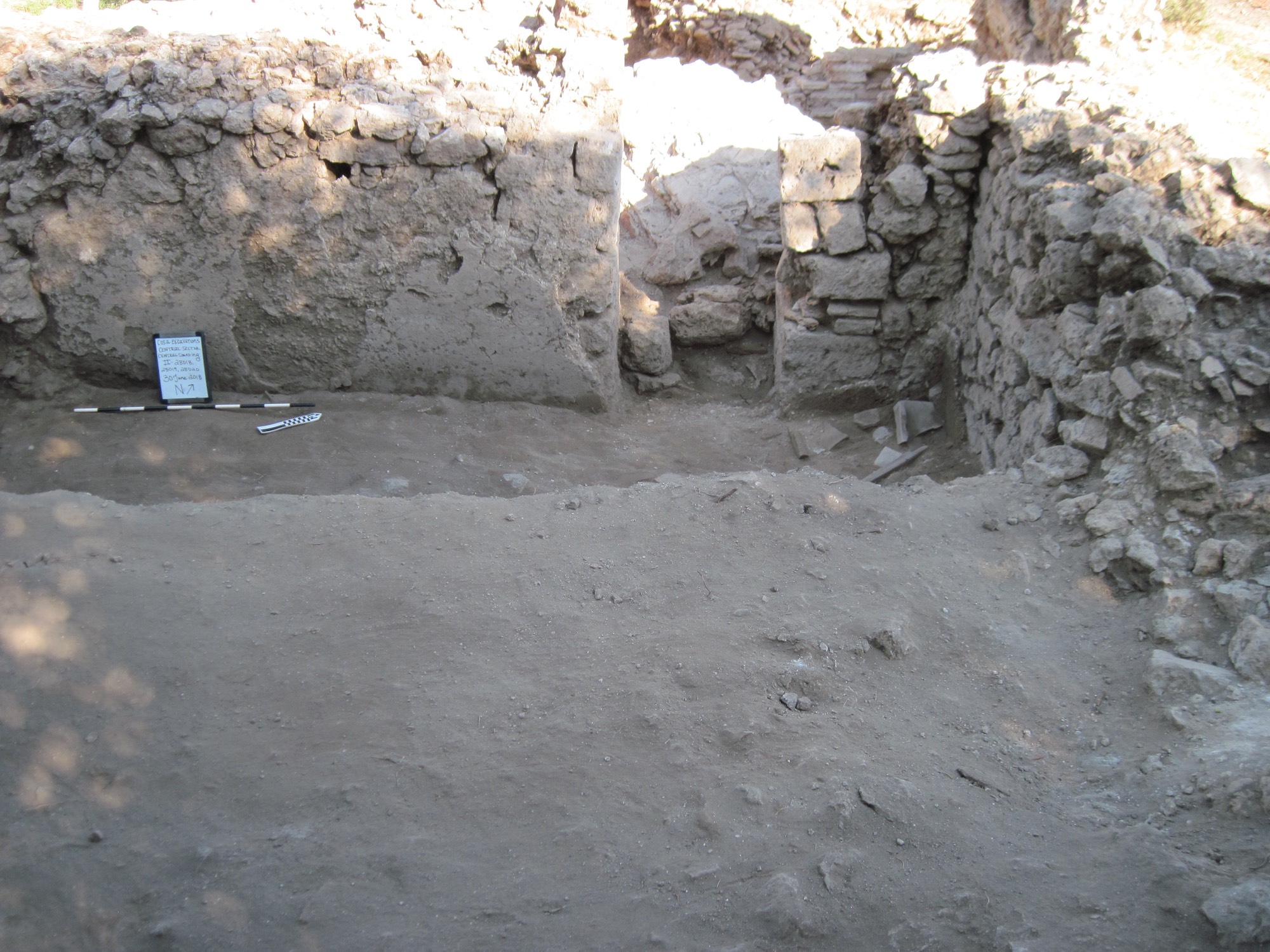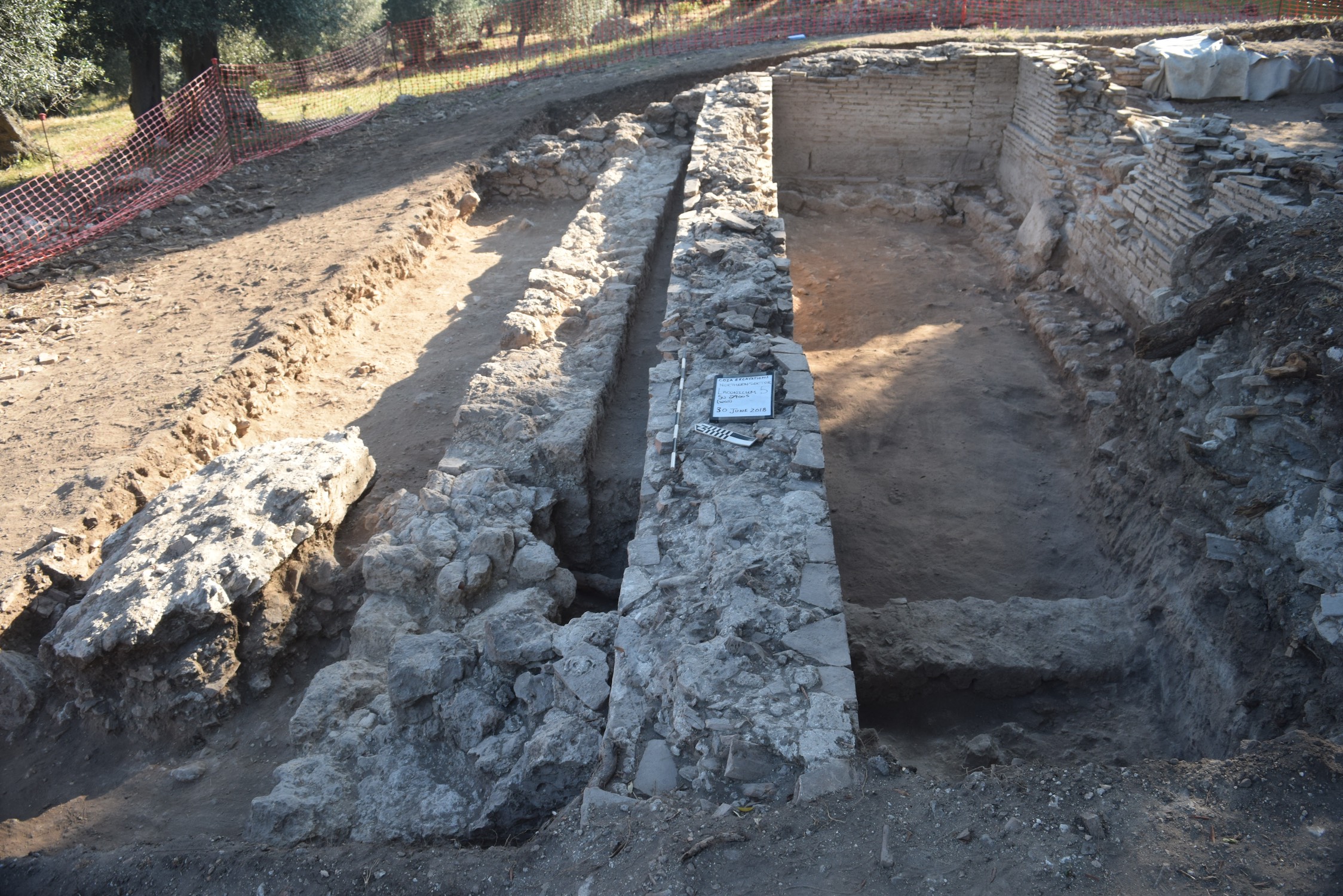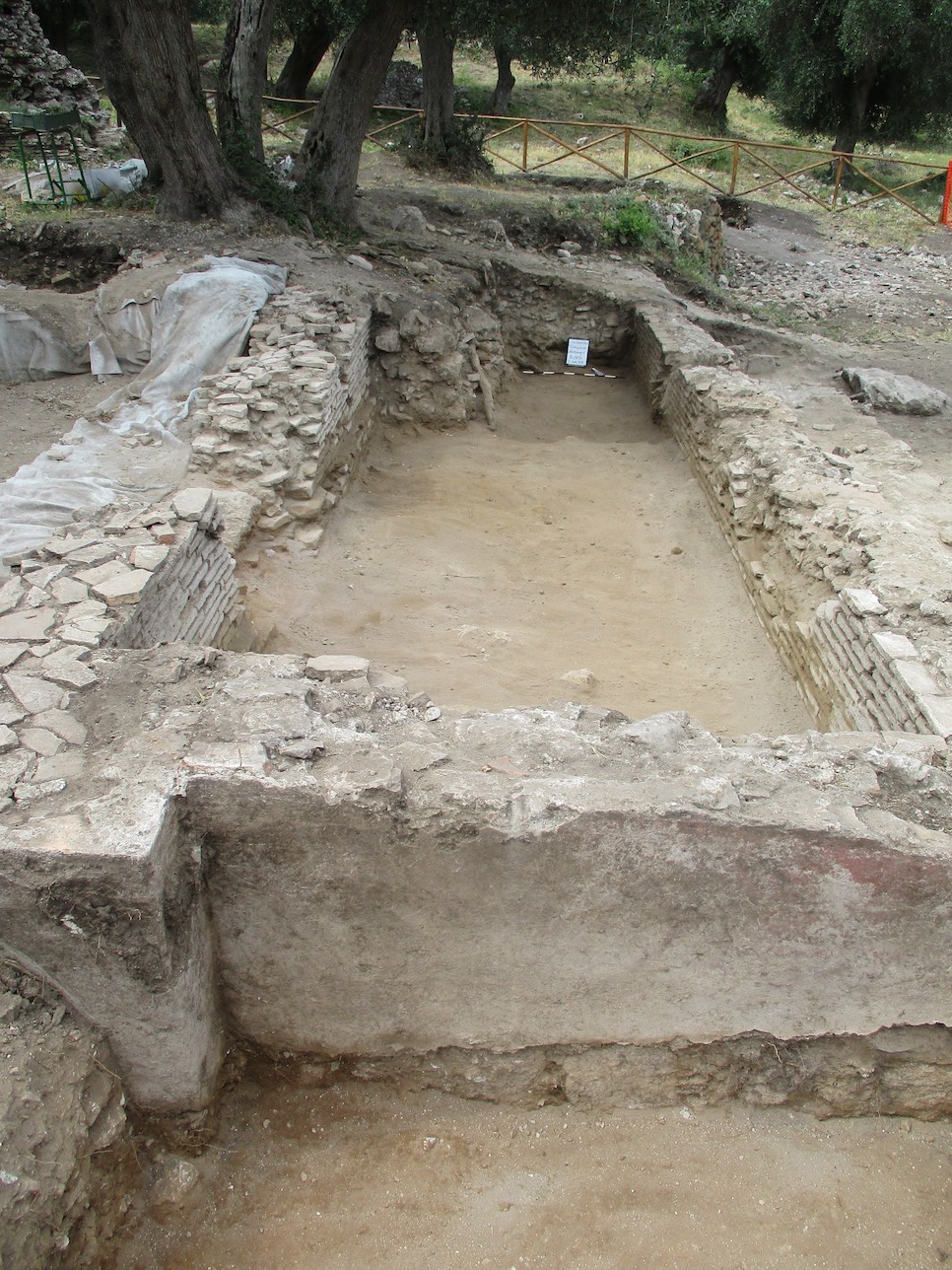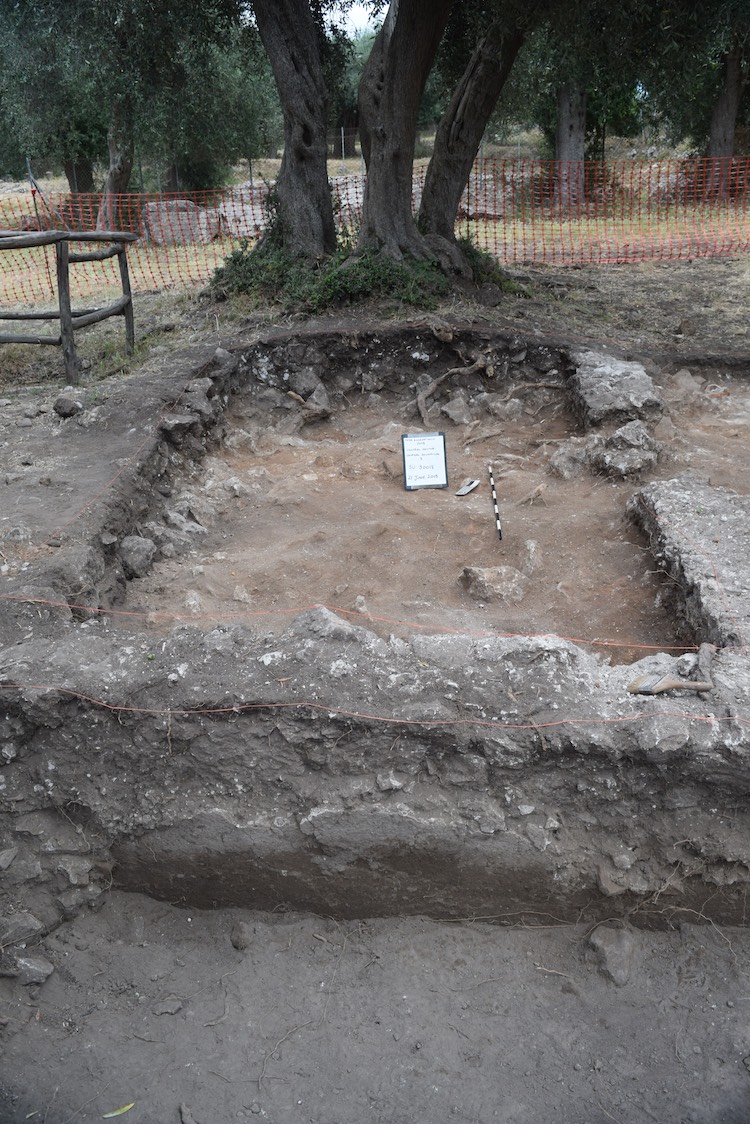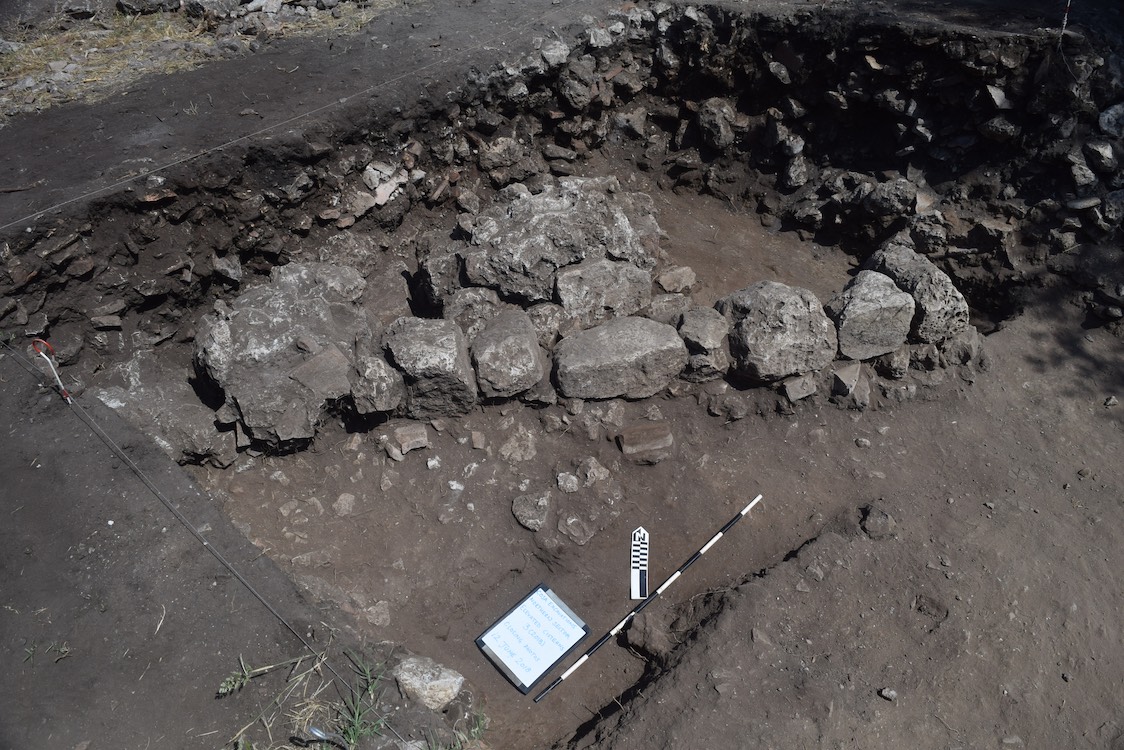2018 Cosa Excavations Season
The 2018 season at Cosa was exciting as we saw the inaugural year of undergraduate participation in our excavation. The field school involved a group of six undergraduate students, plus a number of FSU MA students who were excavating at Cosa for the first time. Because our numbers grew to its largest since beginning our excavations in 2013, we were able to open up larger areas to excavate, which allowed us to uncover more interesting finds than ever before!
The Excavation
For the month of June, the excavation team worked on exploring five new areas. As a part of the field school, the students were able to experience all of these trenches over the course of the four weeks of excavation. This exposed them not only to different architectural styles and finds, but to a range of archaeological methods and approaches.
Laconicum 5, in the northern area of the excavations, proved to be the most architecturally intricate of the 5 trenches. This area exposed multiple phasing to the site that had not yet been uncovered. Multiple coins were also found in the area, dating from the second and third centuries CE, allowing us to date parts of this area. Other amazing finds include an architectural feature with a Gorgon’s head, a bronze hairpin, worked bone, and gemstones.
Other areas were opened or reopened to expose more of the frigidarium of the complex, exterior spaces, and areas of clear reconstruction.
Our endeavors to digitally record our findings and archaeology continues. Not only are we recording our closing trenches, but the process of excavation along the way. This will help us to reconstruct our processes and information outside of the field, when we are not excavating.
Part of the field school involved visiting historic and archaeological sites around central Italy. As a group, we were able to visit Vulci, Hadrian’s Villa, Praeneste (Palestrina), and Roselle. Next year we hope to visit a different collection of sites, including Ostia and Alba Fucens.
The group visits the Sanctuary of Fortuna Primigenia, Praeneste (Palestrina)
